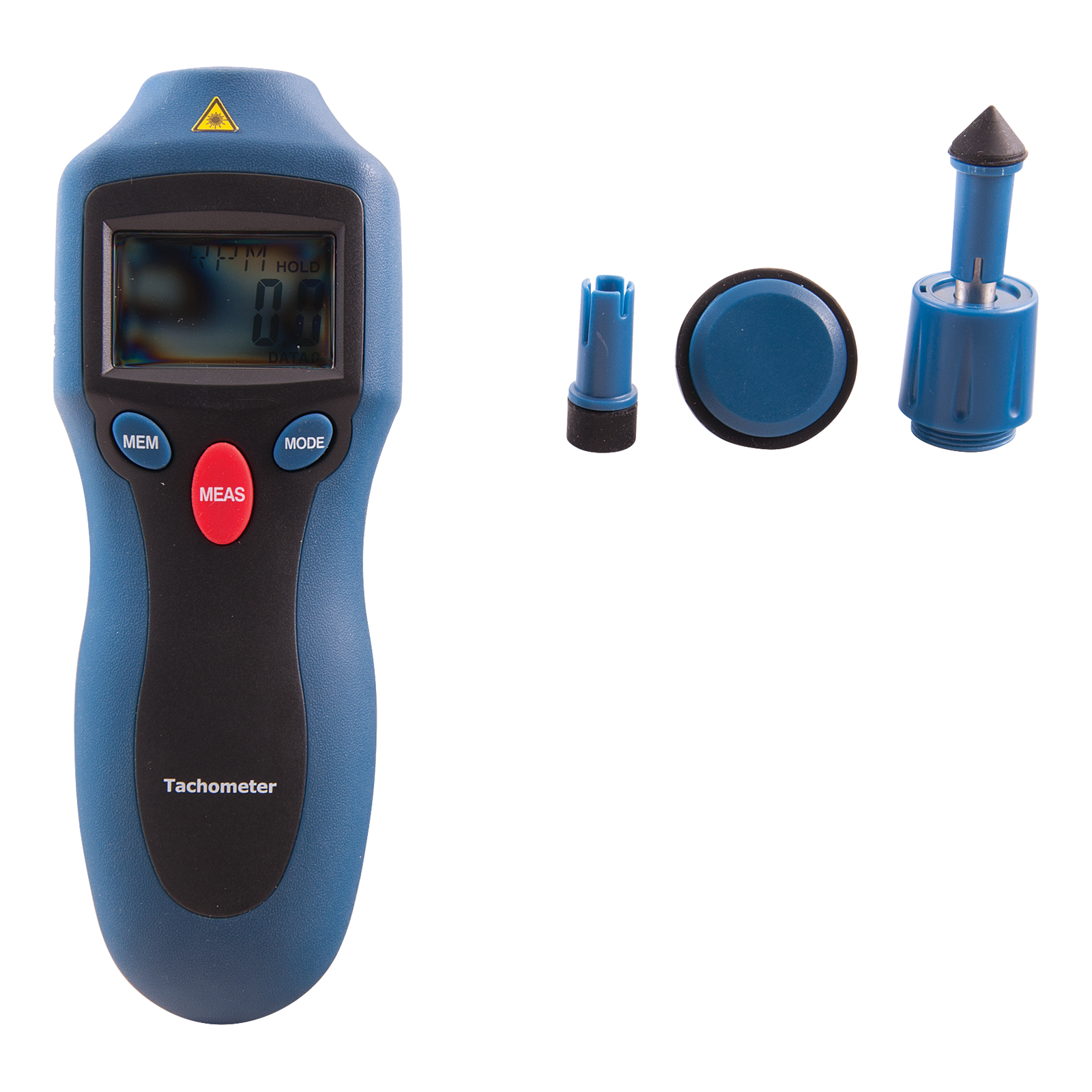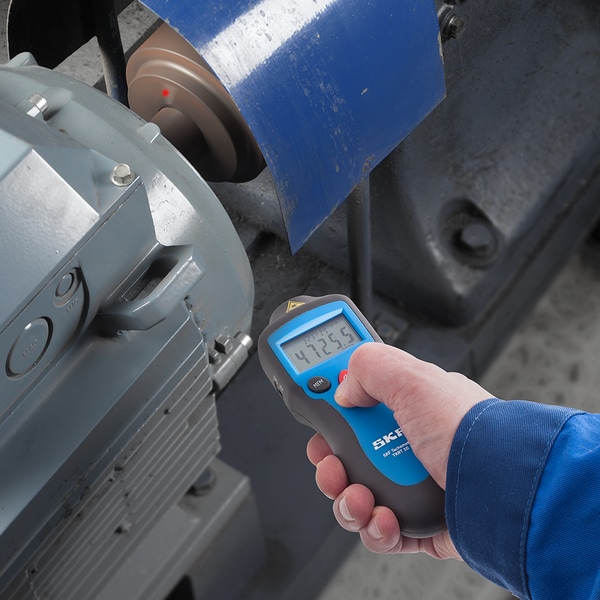Professional Tips for Keeping and Calibrating Your Tachometer
Professional Tips for Keeping and Calibrating Your Tachometer
Blog Article
The Importance of a Tachometer in Checking Engine Speed and Efficiency in Automotive Applications
In the realm of vehicle design, the tachometer stands as a pivotal tool in the driver's toolbox, providing a direct home window into the internal workings of a car's engine. Past its function as a simple scale of revolutions per min (RPM), the tachometer acts as an essential device for enthusiasts and experts alike, offering real-time insights into engine performance and health and wellness. Recognizing the significance of this tool surpasses surface-level monitorings, delving into the complex partnership between engine speed, power output, and general driving experience. As we check out the multifaceted function of the tachometer in vehicle applications, a much deeper gratitude for its effect on lorry characteristics and efficiency begins to emerge.
Value of Keeping An Eye On Engine RPM
Checking engine RPM, or revolutions per minute, is a vital aspect of vehicle maintenance and efficiency assessment. Engine RPM straight associates with the speed at which the engine's crankshaft rotates, suggesting how promptly the engine is running.
In addition, keeping track of engine RPM is necessary for performance assessment in auto racing and high-performance lorries. In summary, checking engine RPM is not only important for finding concerns but likewise for enhancing engine efficiency in different auto applications.

Advantages of Real-Time Information
In automotive applications, real-time data plays an important duty in giving instantaneous understandings right into the efficiency and problem of the automobile. By continually keeping track of different specifications such as engine speed, temperature, fuel consumption, and more, real-time information supplies countless advantages that add to improved effectiveness and security on the road.
Additionally, real-time information assists in efficiency optimization by giving prompt responses on driving routines and engine efficiency. Vehicle drivers can adjust their actions in real-time based on this info to achieve far better fuel economic climate and extend the life-span of their vehicle.

Moreover, real-time data plays an essential function in modern-day auto diagnostics, allowing technicians to swiftly detect and deal with malfunctions. This results in minimized downtime, reduced maintenance expenses, and inevitably, boosted overall automobile integrity and longevity (tachometer). By harnessing the power her comment is here of real-time data, vehicle stakeholders can make enlightened decisions that positively affect both the efficiency and long life of the vehicle
Effect On Gear Shifts
The tachometer plays a crucial role in optimizing equipment changes by giving real-time engine rate information to the motorist. When approaching the redline on the tachometer, it indicates the chauffeur to upshift to avoid over-revving the engine and causing potential damage.
Moreover, the tachometer help in accomplishing smoother gear transitions, particularly in hand-operated transmissions. By monitoring engine rate, vehicle drivers can carry out gear shifts at the optimum RPM array, minimizing jerking motions and minimizing endure the transmission elements. This precision on duty adjustments not only enhances driving comfort yet also contributes to sustain effectiveness.
Enhancing Fuel Performance
Provided the vital function the tachometer plays in optimizing equipment shifts for efficiency and engine health, it straight adds to optimizing gas efficiency in auto applications. By supplying real-time feedback on engine rate, the tachometer assists vehicle drivers in preserving one of the most efficient RPM you could try here array for fuel economic situation. When motorists consistently check the tachometer and adjust their motoring practices as necessary, they can avoid unneeded gas intake brought on by over-revving or lugging the engine.
Additionally, the tachometer aids vehicle drivers recognize the most fuel-efficient equipment to be in at any kind of provided minute, stopping the engine from working more difficult than essential. In verdict, the tachometer offers as a beneficial device in improving gas effectiveness by promoting ideal driving practices and identifying areas for improvement in the lorry's efficiency.

Making Best Use Of Engine Long Life
The tachometer's duty in keeping an eye on engine rate and performance is crucial in guaranteeing the long life of automobile engines. Monitoring the tachometer enables vehicle drivers to stay within the advised RPM range for their automobile, protecting against unnecessary stress on the engine and expanding its life expectancy.

Final Thought
Finally, the tachometer plays a critical function in keeping track of engine rate and performance in vehicle applications. By providing real-time information on RPM, it enables effective equipment changes, improved gas efficiency, and maximized engine durability. This device is vital for keeping optimal engine efficiency and ensuring the overall capability of a car.
Report this page